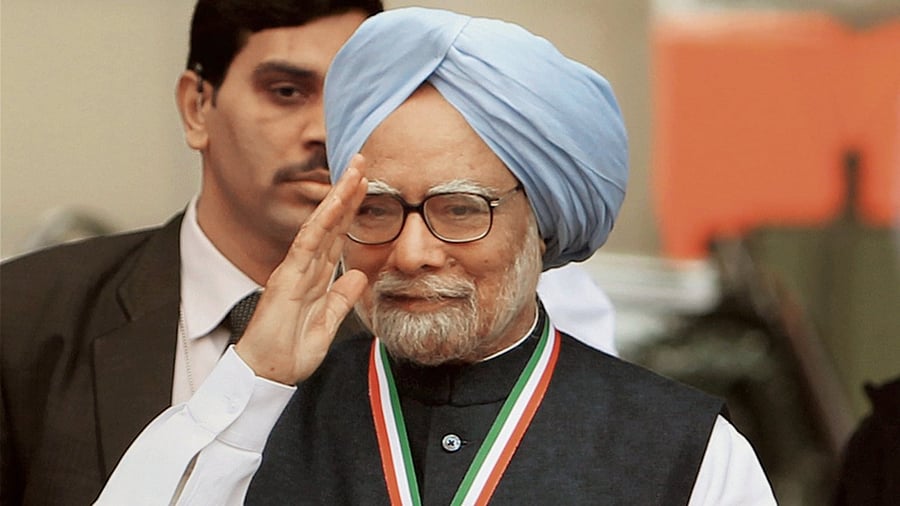
Former Prime Minister Manmohan Singh.
Credit: PTI File Photo
Bengaluru: It was the beginning of the last decade of the 20th Century. The global order was changing fast. The Soviet Union and East European bloc had collapsed. The world was adapting to new technologies, including IT.
India, meanwhile, was on the brink of a balance of payments crisis and at risk of a sovereign default, a result of decades of socialist, statist policies which stymied innovation and encouraged rent-seeking. It is in this backdrop that then Prime Minister P V Narasimha Rao appointed Manmohan Singh as the country’s 22nd Finance Minister.
Starting from his first budget in 1991, Singh changed the course of Indian history. He abolished export subsidies, ended the monopoly of state-owned trading companies, overhauled industrial policies by ending licensing for most sectors and opening up 34 sectors for foreign investment. He also devalued the rupee to benefit exporters and abolished government control over markets and public issuances.
Dr Singh’s LPG (liberalisation, privatisation, globalisation) policies gave birth to a new middle class and set India upon an economic path wherein massive domestic demand became its biggest driver. Adjusted for inflation, India’s GDP grew from $266 billion in 1991 to $3.7 trillion in 2023.
The fact that he could open up the economy in the face of entrenched political, corporate and bureaucratic interests who benefitted from ‘Licence Raj’, was only due to the unwavering support of Rao, and with the help of brilliant technocrats like Montek Singh Ahluwalia.
“As Victor Hugo once said, “no power on earth can stop an idea whose time has come.” I suggest to this august House that the emergence of India as a major economic power in the world happens to be one such idea,” Singh said in his iconic 1991 budget speech
A colossus of economic policymaking, Singh held almost all important posts in the sphere, including Chief Economic Advisor, Economic Affairs Secretary in the Finance Ministry, RBI Governor and Deputy Chairman of the Planning Commission.
It should be noted that Singh was not always a liberal reformer. When he joined the Finance Ministry in 1972 as CEA, the Indira Gandhi government had nationalised a number of banks just a few years before. It is said that Singh was not opposed to it, and in fact considered banking essential enough to be under government control.
However, by the time he became FM, it was imperative that India’s economy be opened up. Apart from the decisions announced in and around the 1991 budget, Singh would, during his time in North Block, also streamline taxation. He raised exemption limits and
Over the next five years, Singh would lay the foundation for a new taxation regime. For income-tax on individuals, he raised the exemption limit even while reducing the number of tax slabs. For India Inc, he slashed the corporate tax rates. Meanwhile, there was also a substantial reduction in customs duties.
By the time Singh became Prime Minister in 2004, the economy was on a steady upswing and was one of the fastest growing in the world. Fiscal years 2005-06 to 2007-08 saw the highest annual growth rates in independent Indian history, at 9 per cent or above for all three years. His close ties with the United States and Europe ensured that foreign investment kept flowing in.
However, the situation did sour after the 2008 financial crisis. In a bid to ensure that India remains ringfenced from the global meltdown, Singh and then Finance Minister Pranab Mukherjee substantially ramped up government expenditure. That inevitably led to inflation rising. Retail inflation reached double digits in 2009-10, 2010-11, and 2012-13.
The concern over price rise, along with the multiple scams that the government stood accused of, ultimately did it in. Nevertheless Dr Manmohan Singh will go down in history as the architect of Indian economic reforms, for lifting millions out of poverty through his policies, and for the rise of the Indian middle class.